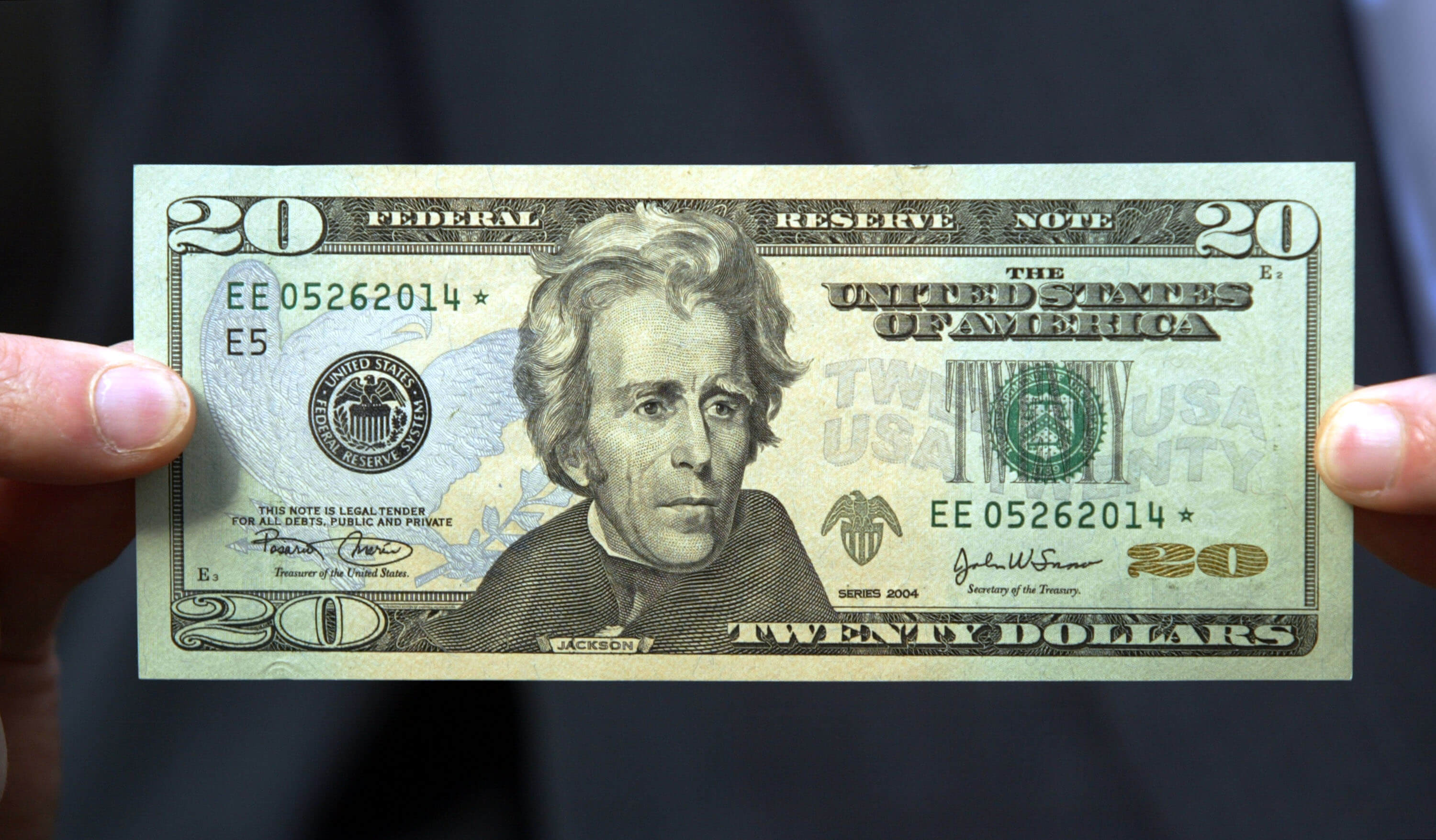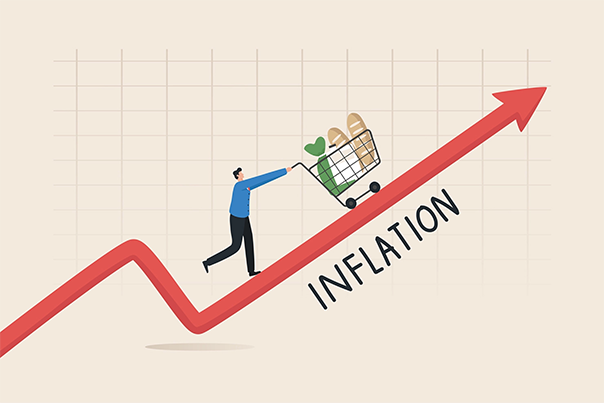Hello everyone! Welcome back from the break, today I will introduce you to some interesting news with 20 dollar bill.
In a surprising twist for the U.S. currency landscape, the humble $20 bill experienced the first such dip in any denomination since 2002, according to Federal Reserve data. Despite being the third most common paper currency in the country since 2016, the number of $20 bills in circulation dropped from 11.9 billion to 11.5 billion. What caused this unexpected downturn?
The COVID-19 pandemic is a major player in this story. As people adjusted to life during the pandemic, there was a notable shift towards cash transactions, with $20 bills being the go-to choice. Robert Brusca, president of FAO Economics, pointed out, “During that period of Covid, when people weren’t working as much, we had a more cash economy, and it was more a demand for cash and that’s generally 20s.” To meet this increased demand, the Federal Reserve ramped up production of $20 bills, printing 2.9 billion in 2021 , the most since 2005. This surge in production created an excess of $20 notes in circulation. Jim Petit, President of Currency Management Solutions at Giesecke & Devrient, explained, “Before the COVID-19 pandemic, the average print order for $20 bills stood at approximately 1.7 billion notes annually. However, during the pandemic, the Board of Governors increased its print order to the Bureau of Engraving and Printing (BEP) for $20 bills to address potential disruptions.”
Following this printing spree, the Fed adjusted its production, printing only 1.7 billion $20 notes in FY2022, and a mere 262 million in FY2023. This adjustment was aimed at normalizing the circulation of $20 bills, according to Petit. But was inflation also a factor in this decline? Petit doesn’t think so, stating, “From a consumer spending perspective, I see little evidence that $100s have become the new $20.” Which tells that people aren’t necessarily favoring higher denomination bills due to inflation, but in fact, the decline in $20 circulation was a result of specific circumstances and adjustments made by the Fed.
It’s important to note that the circulation of bills is managed by the Federal Reserve, and not directly influenced by consumer behavior. As Brusca emphasized, “This was a move by the Fed. This is a concerted policy of the Fed.” Both Brusca and Petit believe that the decline in $20 bill circulation is a minor blip rather than a long-term trend.
Under this condition, access to cash such as $20 can be more and more difficult. How should we address this problem? Can mobile payments take this opportunity? Only time can tell the answer. Have a nice day! 😀


I never expected this news about the $20 bill, but it does not surprise me either. Online payments, and non-cash payments in general, have become increasingly popular, meaning that cash is much less utilized in general. This, alongside inflations, means that $20 bills are simply not as useful as they were before. It seems that this is a significant drop as compared to other bills, but do you really think that this change will settle out in the future?